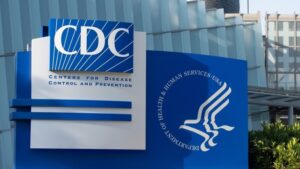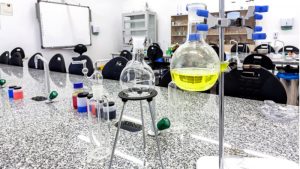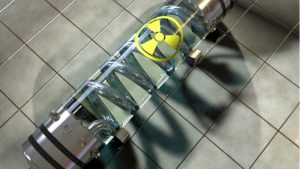The Centers for Disease Control and Prevention (CDC) is in the middle of modernizing a data system responsible for tracking diseases across the nation, but recent layoffs and contract uncertainty have put the future of the critical system in jeopardy.
The National Academy of Public Administration (NAPA) issued a new report this week that breaks down four problem areas in intergovernmental responses and consequences to the COVID-19 pandemic, and makes recommendations for better disease-related data sharing mechanisms between states and the Centers for Disease Control and Prevention (CDC).
A new report from the Government Accountability Office (GAO), found that water surveillance technology has allowed public health officials to detect community-level disease outbreaks and even identify COVID-19 outbreaks one to two weeks sooner than clinical testing. However, GAO found a lack of national coordination and standardized methods leads to challenges with wider adoption of the tech.
While healthcare disparities are not new, the COVID-19 pandemic did highlight the persistent and systemic inequities with healthcare in this country, especially for indigenous communities.
North Korea’s persistent efforts on nuclear weapons development and some loose talk about red buttons have raised new fears internationally about the possibilities of nuclear conflict. At home, government agencies also are addressing the questions about what to do in the case of a nuclear detonation. The Centers for Disease Control and Prevention (CDC), for example, will hold one of its Public Health Grand Round teaching sessions Jan. 16 on how medical professionals should respond–and although the event has been planned for months, it’s timing suddenly seems to be on the mark.






